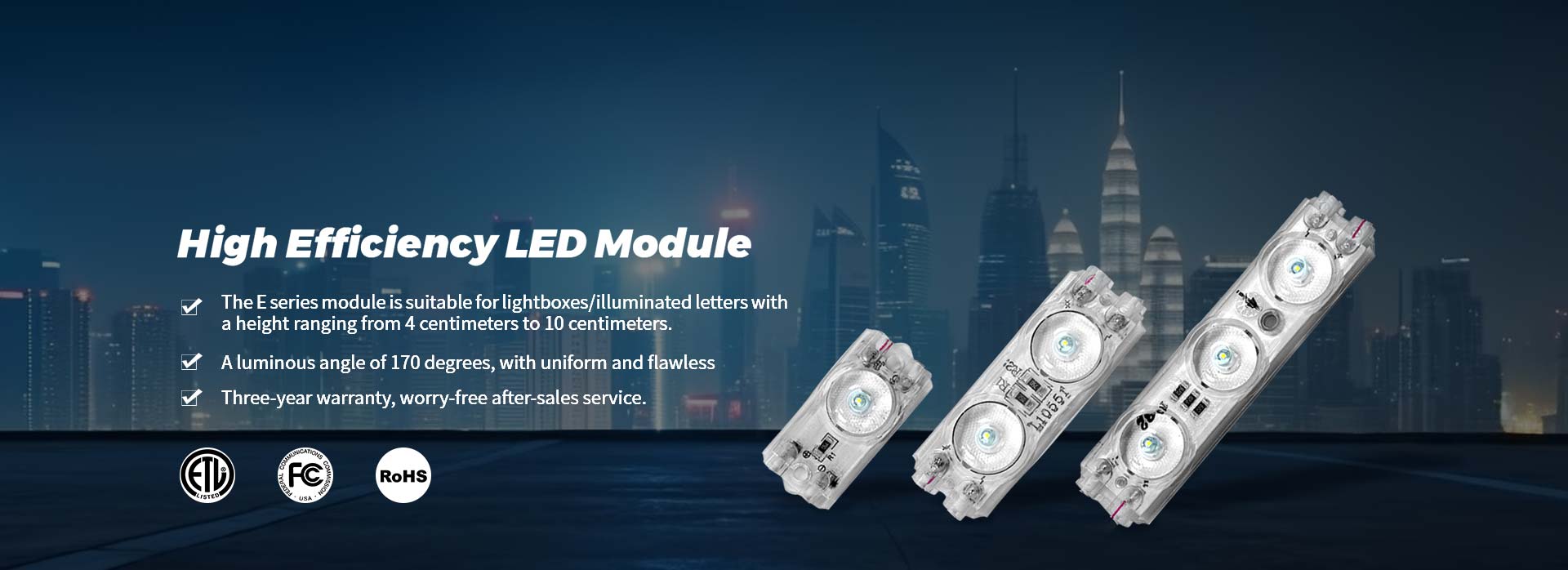
Selecting the right LED Light Strips for your home can significantly enhance both functionality and ambiance. With a multitude of options available, it's essential to consider key parameters to ensure that the chosen led light strips meet your specific requirements. In this article, we'll explore seven crucial parameters that should be on your radar when purchasing led light strips for residential use.
1. Brightness (Lumens):
The brightness of led light strips is measured in lumens. Consider the intended use of the lights – whether for ambient, accent, or task lighting – and choose a brightness level that aligns with your needs. Higher lumens are suitable for task-oriented areas, while lower lumens may be preferable for creating a softer ambiance.

2. Color Temperature (Kelvin):
Color temperature determines the warmth or coolness of the light emitted by LED strips. Warmer temperatures (around 2700-3000K) create a cozy and inviting atmosphere, ideal for living spaces, while cooler temperatures (5000K and above) are suitable for task-oriented areas, providing a bright and focused light.
3. Color Rendering Index (CRI):
CRI measures the ability of LED light strips to accurately render colors compared to natural light. A higher CRI indicates better color representation. For home applications, especially in spaces where color accuracy matters (e.g., artwork, kitchen), opt for LED strips with a CRI of 90 or above.
4. Dimming Capability:
The ability to dim LED light strips allows you to adjust the brightness according to your preferences and different lighting needs throughout the day. Check whether the LED strips are compatible with dimmer switches and controllers for added flexibility in creating the desired ambiance.
5. Length and Flexibility:
Consider the length and flexibility of the LED light strips to ensure they can fit and adapt to your intended installation area. Some projects may require longer strips, while others may benefit from shorter, more flexible segments. Measure the installation space accurately before making a purchase.
6. Waterproof Rating (For Outdoor Use):
If you plan to use LED light strips outdoors, especially in areas prone to moisture, it's crucial to choose strips with an appropriate waterproof rating. Look for strips with an IP65 or higher rating to ensure they can withstand exposure to rain or splashes without compromising performance.
7. Ease of Installation:
Opt for LED light strips that are easy to install, especially if you plan to undertake a DIY project. Strips with adhesive backing simplify the installation process, allowing you to affix them securely to various surfaces without the need for additional tools or expertise.
Choosing the right LED light strips for your home involves careful consideration of these seven essential parameters. By evaluating factors such as brightness, color temperature, CRI, dimming capability, length, waterproof rating (if applicable), and ease of installation, you can make informed decisions that align with your specific lighting goals and preferences. Investing time in understanding these parameters ensures that your LED light strips not only illuminate but enhance the overall atmosphere of your living spaces.